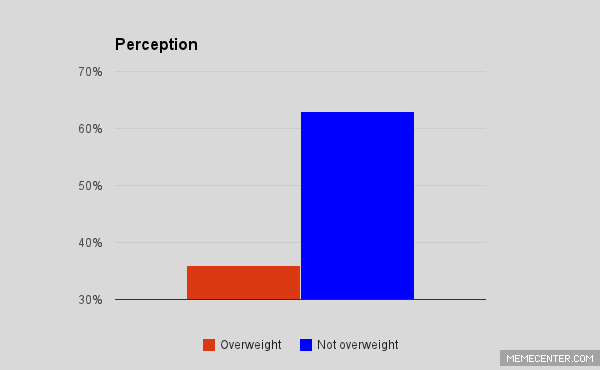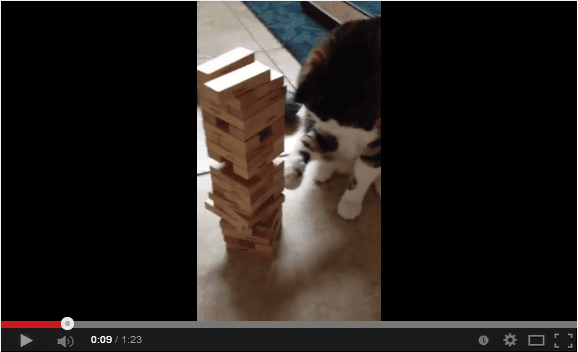NEW YORK— Central Park holds a special place in many New Yorkers’ hearts. For some it is a place for recreation. For others it is a place for contemplation, and yet others it is a piece of nature in the midst of the city. But not even workers of the Central Park Conservancy knew exactly how many trees are in the park, and of which species.
Enter Ken Chaya, an artist and art director by profession. Dividing the park into different parcels, Chaya, and co-nature-lover Edward Sibley Barnard, spent the past two and a half years mapping and identifying almost every tree in the park: 19,600 of them.
In addition, they are working with the Central Park Conservancy to build and guide a tree trail in the park, to introduce people to the stories of the park’s unique trees.
The Epoch Times: How did working on the maps change your experience of the park?
Ken Chaya: I really thought I knew the park and I really knew how to identify the birds. But once I started looking at the park and learning about the trees and identifying them and understanding how they form these landscapes, suddenly the park was a whole new place. I saw it with a new set of eyes. I started to understand colors and textures.
In a place where I once saw a park, rocks and trees, I started to see: We have two different kinds of sumac trees. They have different colors; they are placed in a certain way. All of a sudden the park took on a whole new look and color and feel.
I have been birding in the park for 20 years and suddenly it was a new park. I started to understand what I am looking at and more importantly to understand how the trees were used as a landscape design, the way a painter uses paint. Frederick Law Olmsted, Central Park’s designer used trees for texture and color.
The Epcoh Times: How does the park affect the life of New Yorkers?
Chaya: Personally, I don’t know if it is worth living here without Central Park. I get so much enjoyment and pleasure and recreation out of the park—more than most people. There are people who make a living here.
People come here for so many different reasons, both tourists and locals. Reasons vary, from walking your dog, to jogging, to watching the birds, to baseball. There are so many reasons to enjoy the park. According to records and reports this is the second most visited place on the planet. The first is Times Square. I live on the Upper West Side. I have Central Park to the east, Riverside Park to the west.
It makes the city experience, the city inhabitance, possible. It is an experience with wildlife in one of the most populated urban metropolises in the world.
The Epoch Times: How do you want the map to be used?
Chaya: The map should be enjoyed, like nature, but it should also be studied. There is a lot of information on there—175 species of trees.
All of the trees we are passing right now are on the map. If you really take the time to use the map you can have the same experience I had, [realizing that] the park you thought you knew, you really do not know much about. And there is so much more to be explored. It is this sort of subtle enjoyment of the park. If it makes them a little more aware, a little more appreciative of Central Park for the botanical treasure that it is, [then I am satisfied].
Even that we live in this man-made metropolis, there is still nature around us, and one should enjoy it. If the map allows that to take place, I have done my job.
The map can be purchased in the park and through Chaya and Barnard’s website www.centralparknature.com




Friends Read Free